Freedom of Expression
Freedom of Expression is a universal human right and is particularly valued by artists. However, in Australia it is not effectively protected in law. At times this can result in confusion and contention over artists’ work.
Freedom of Expression is a universal human right and is particularly valued by artists. However, in Australia it is not effectively protected in law. At times this can result in confusion and contention over artists’ work.
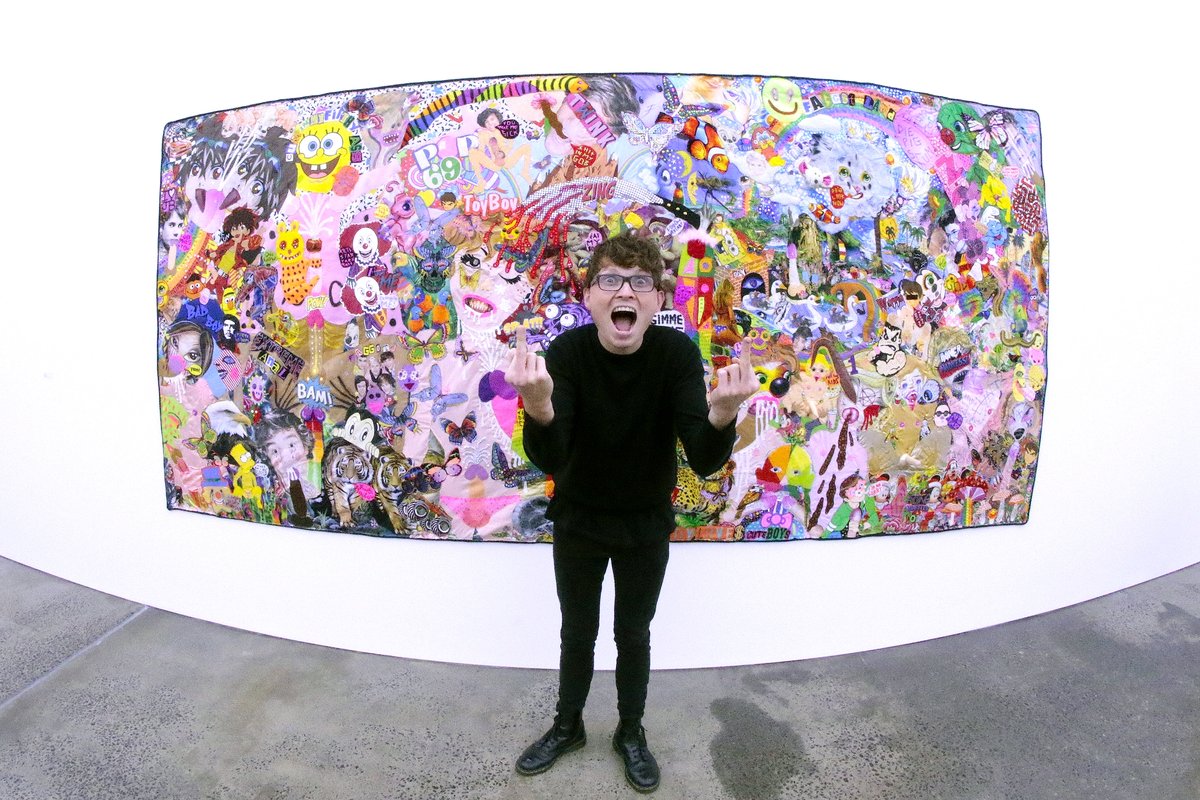
Paul Yore. Photo by Elizabeth Yore.
NAVA contends that as society’s chroniclers, commentators and critics, artists should be at liberty to make art about any subject and using any means, as long as it is within the law. NAVA is a strong advocate for freedom of artistic expression and acts to try to ensure that censorship is not used to constrain artists from exercising this right within the law. NAVA believes there are too many examples of artists being censored by others or self-censoring out of fear of undesirable consequences.
In the case where there is doubt about whether an artist’s work might break the law, prior to any decision to prosecute, NAVA recommends the need apply the Artistic Merit Test.
In deciding on Artistic Merit for legal purposes and prior to any decision to prosecute, NAVA recommends the need to:
1. Establish whether or not the person is an artist (by referring to standard art industry criteria used by the Australian Tax Office in deciding whether an artist is in business for income tax purposes)
2. Establish a standing committee of art experts to advise on the ‘artistic merit’ of any works in consideration.
3. Assess the work against criteria for artistic merit :
i) Intention: is the intention of the work to be understood to be for artistic purposes of e.g. research, critique, irony, parody, satire, challenge to community attitudes, and/or sampling and reuse?
ii) Context: is the work made available to the public through arts venues eg a gallery or artist run space, artist studio or workshop, art website or art publication?
iii) Meaning: what is the meaning of the work according to the interpretation by art experts?
- is it part of an installation or structure, series, sequence, moving image work or other larger art entity which contribute to its meaning
- does the title of the work or text or other graphic devices used in the image or associated with it, contribute to the meaning of the work?
NAVA continues to take an active role in representing the interests of the visual arts in various circumstances where freedom of expression may be threatened, advising the sector on ways to deal with the challenge of censorship and advocating for the right to freedom of expression to be legislated e.g. by being included in an Australian Bill of Rights.
In this regard, NAVA keeps a watching brief on various developments. We make the case that while NAVA does not condone artists breaking the law, equally it does not want to see artists censored or become the scapegoats for unjustified community or individual anxieties and prejudices. In lobbying for changes to some laws and regulations, NAVA wants to ensure that there are no unreasonable constraints on artists’ freedom of expression and no unintended censorship or self censorship consequences for artists.
Freedom of expression features in NAVA's Code of Practice for Visual Arts, Craft and Design within the opening chapter: Principles, Ethics and Rights.

In relation to the current proposed changes to the Racial Discrimination Act 1975 (Cth), NAVA argues that artists should be able to take a critical stance through their artwork.
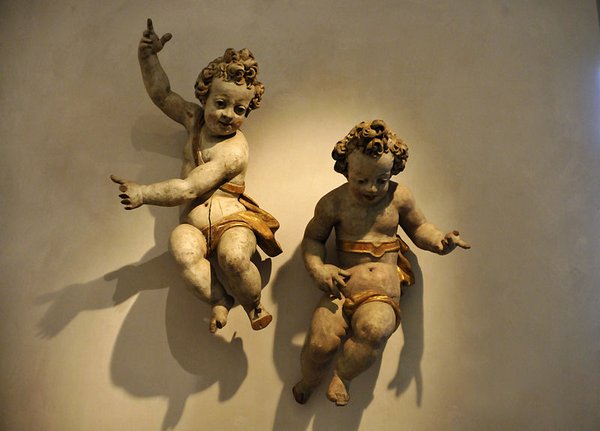
Image of wood carved polychrome putti by Adam Baldauf 17th century, photographer Wolfgang Moroder.
Laws exist in every state governing the conditions under which artists can work with children.
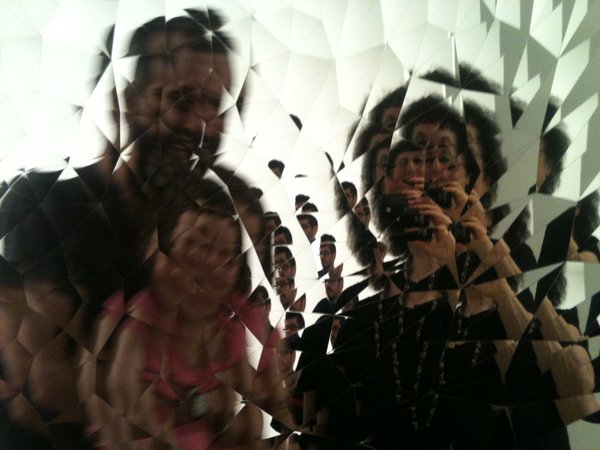
Currently in Australia visual artworks are not required to be classified unless they are videos or video games, films or certain publications. However, there are times when artists will seek classification in order to avoid potential problems with censorship.
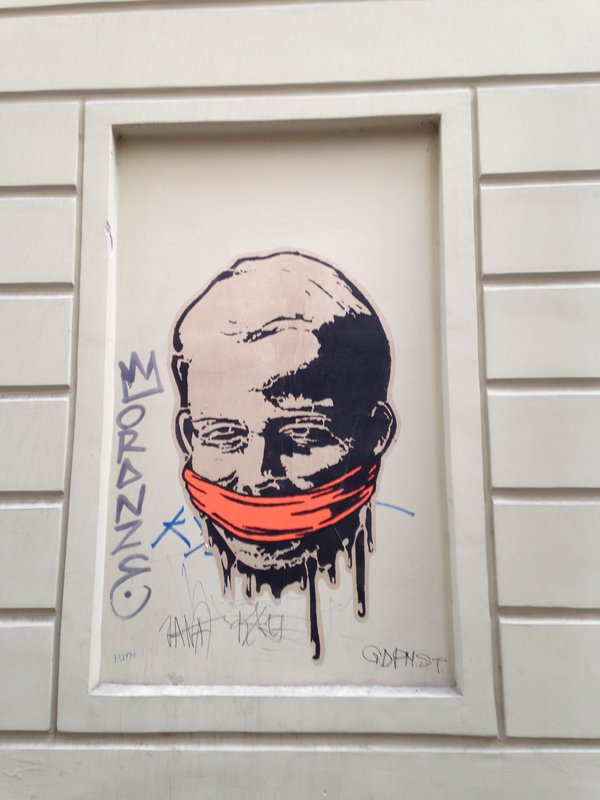
Sedition means conduct or language inciting rebellion against the authority of a state. In Australia ‘sedition’ was included in the law until 2011. It could be used to prevent artists from being critical of the state, constitution or the monarch.
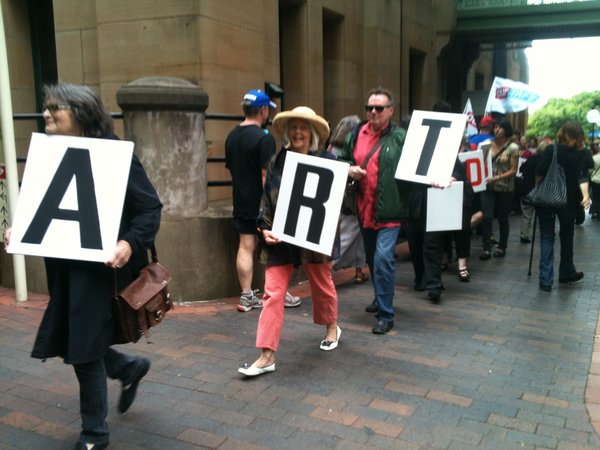
TAFE Cuts Protest at NSW Parliament House.
Artists’ freedom of expression is not legally protected in Australia. Ours is the only Western democratic country with neither a constitutional nor federal legislative bill of rights to protect its citizens, though Victoria and the Australian Capital Territory do each have a human rights bill.
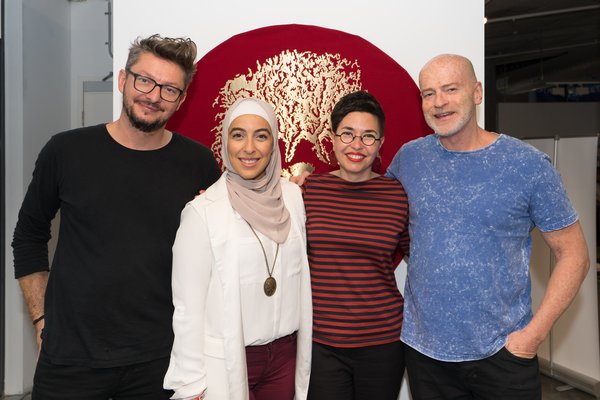
Alex Seton, Sara Saleh, Esther Anatolitis and Simon Hunt. Photo by Campbell Henderson.
While some audiences respond passionately to work that’s provocative, other audiences shirk from environments that they perceive as political. As part of Art Month Sydney 2018, NAVA hosted a discussion about the intersection of art and politics in contemporary Australia. Facilitated by Esther Anatolitis, with guest speakers Simon Hunt, Sara Saleh & Alex Seton, March 2018.
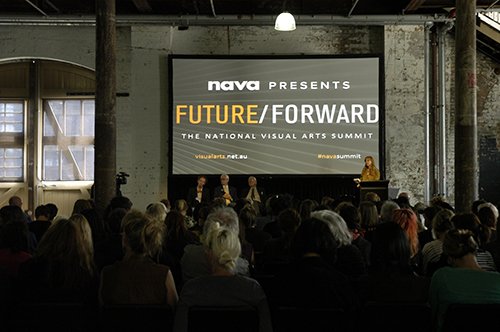
Photo Joan Cameron-Smith
The panel session,When is censorship justified?, includes Dr Peter Bowden, Julian Burnside AO QC and Associate Professor Robert Nelson, with Dr Zanny Begg as facilitator. It was recorded at the Future/Forward summit on Thursday 6 November 2014 at Carriageworks, Sydney.
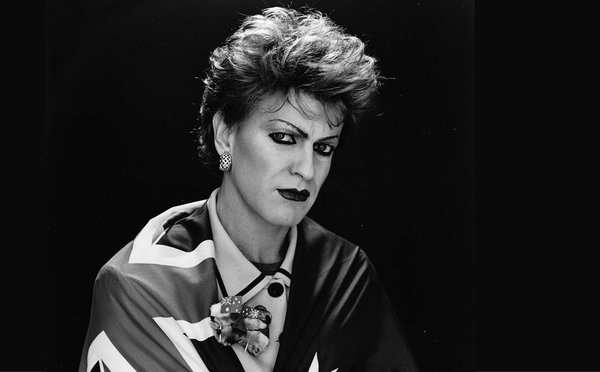
Pauline Pantsdown. Photo by Troy Coburn.
If you’re under the illusion that we have freedom of expression in Australia, think again. Gender, race and politics are a volatile mix. NAVA chats to several artists whose work could be considered controversial.
- Tamara Winikoff, September 2016